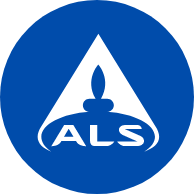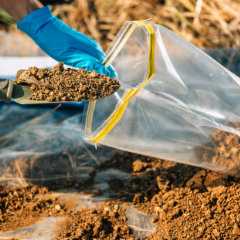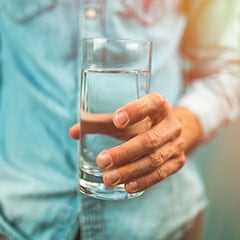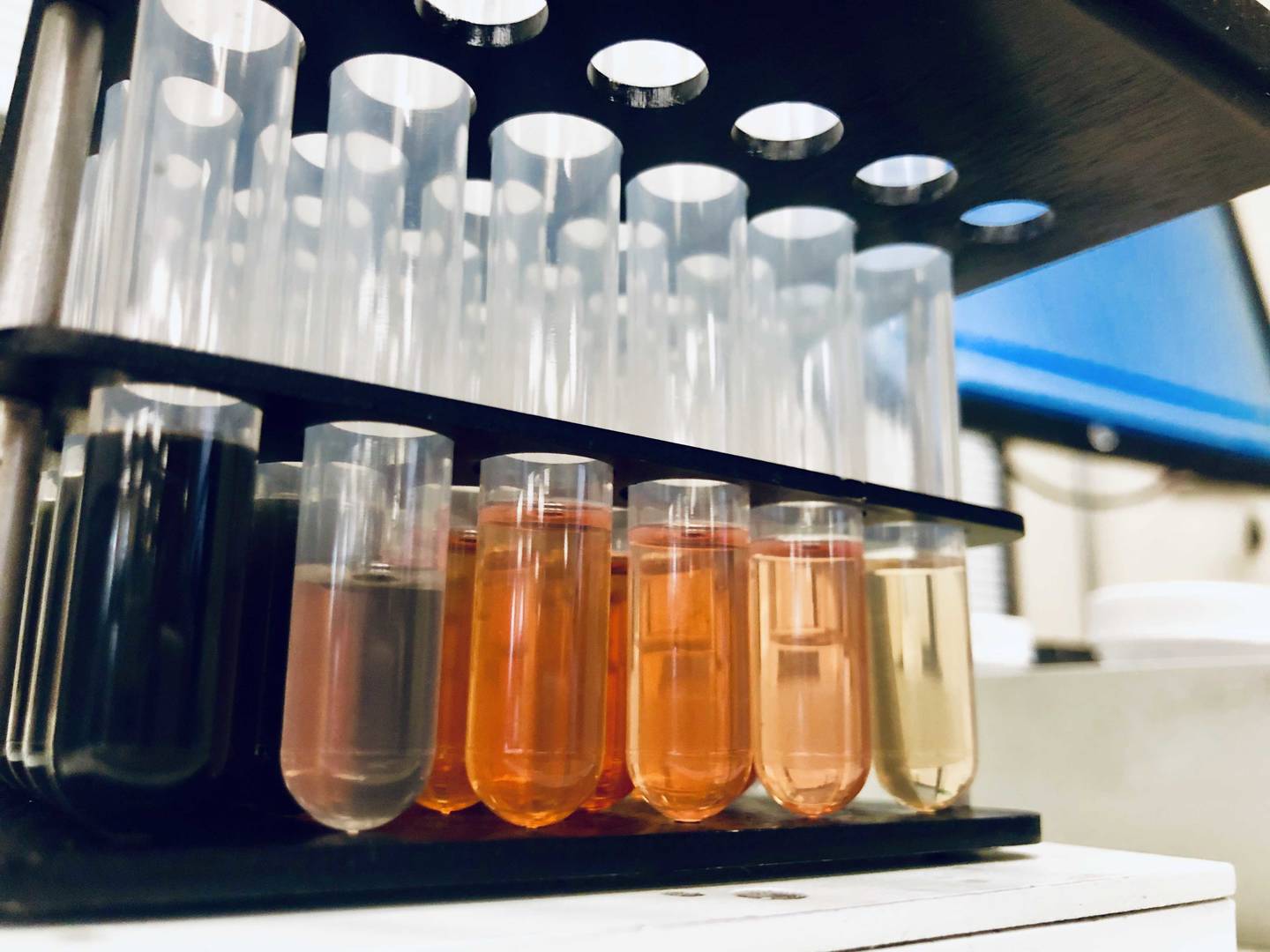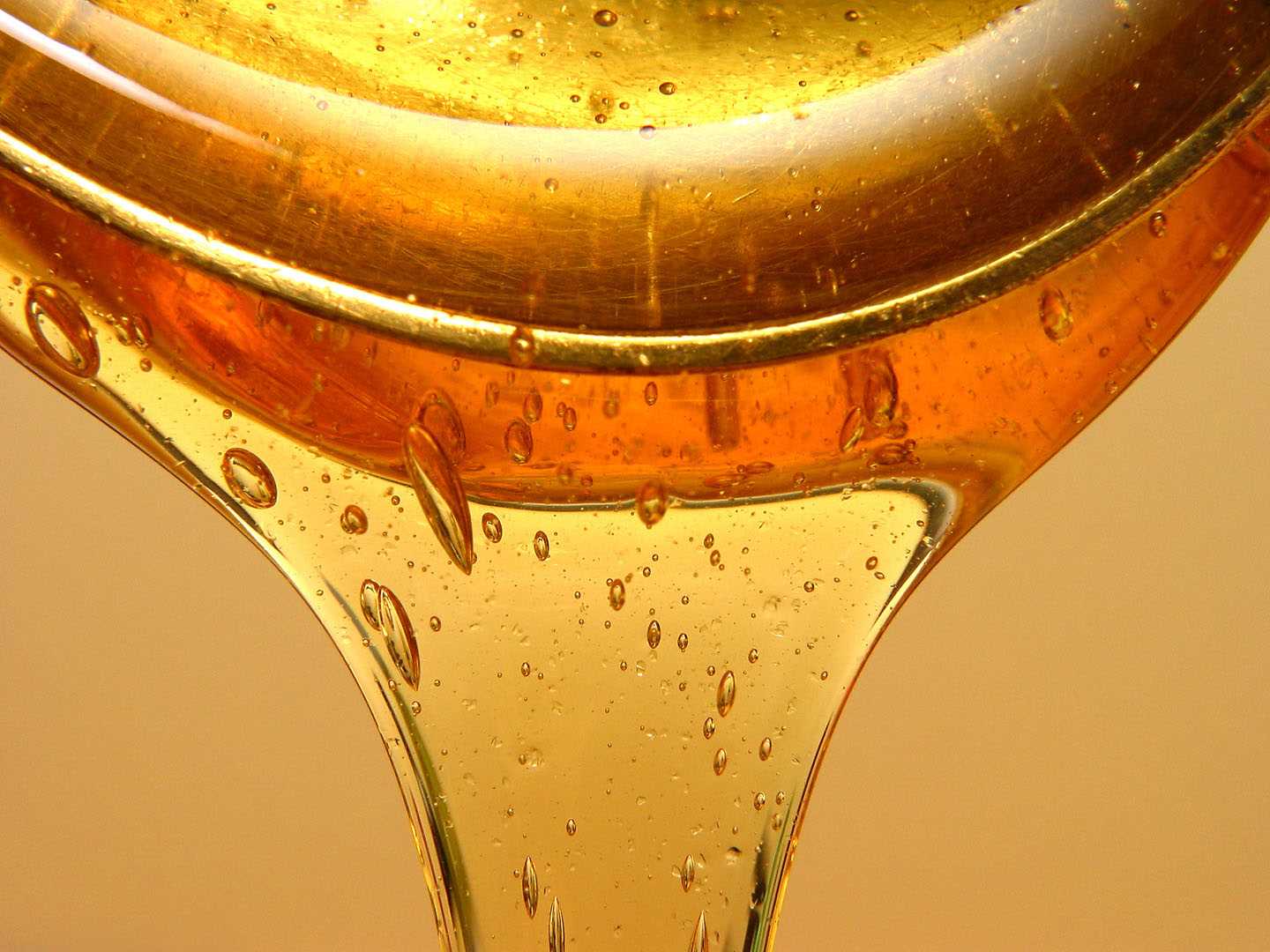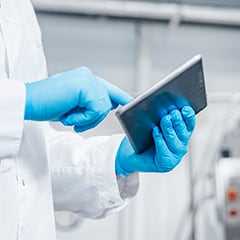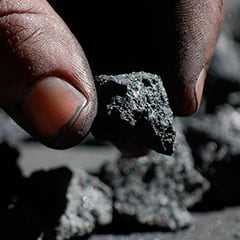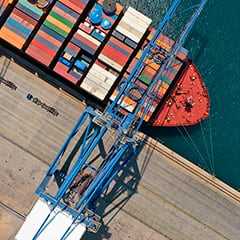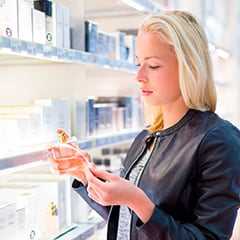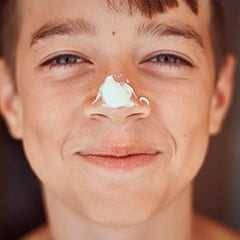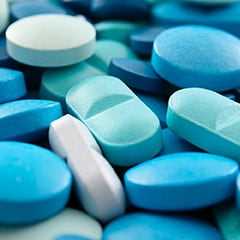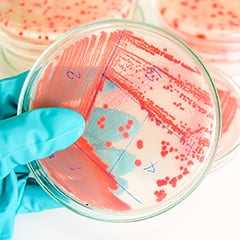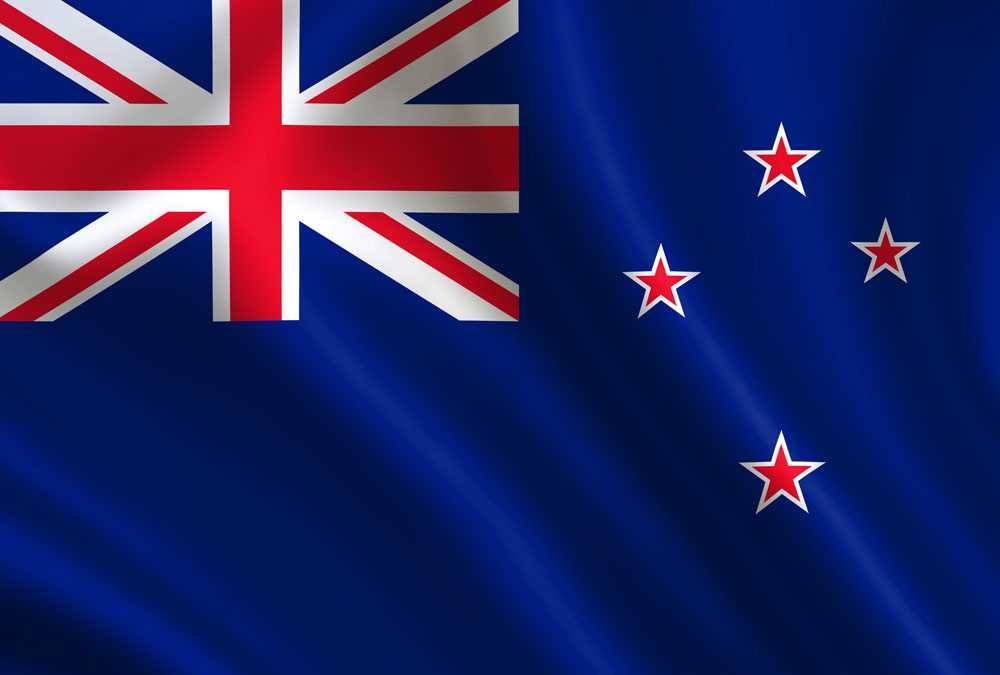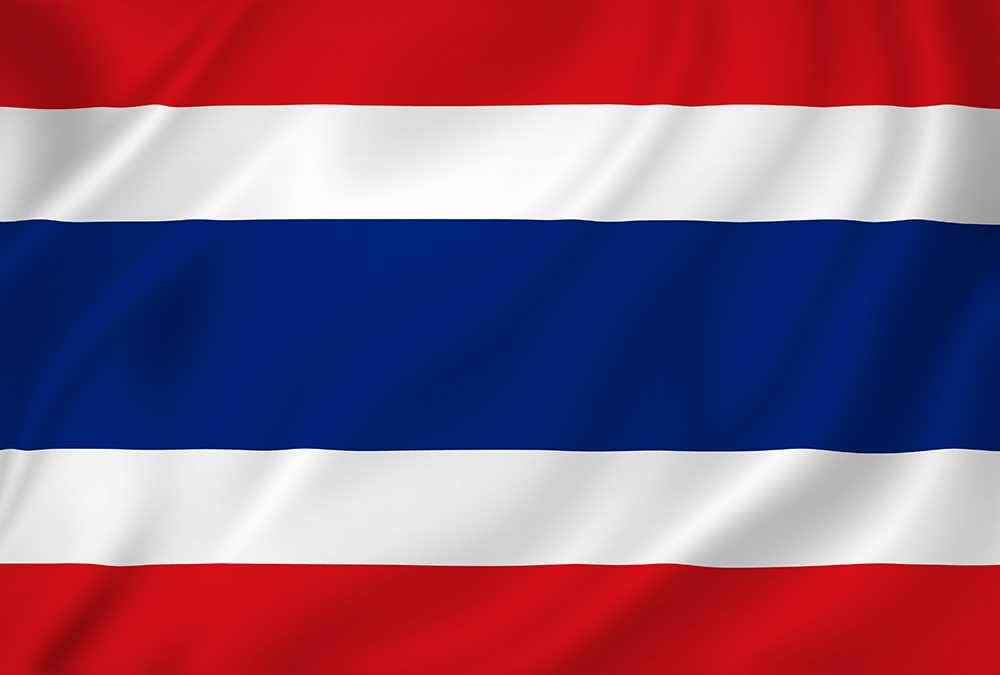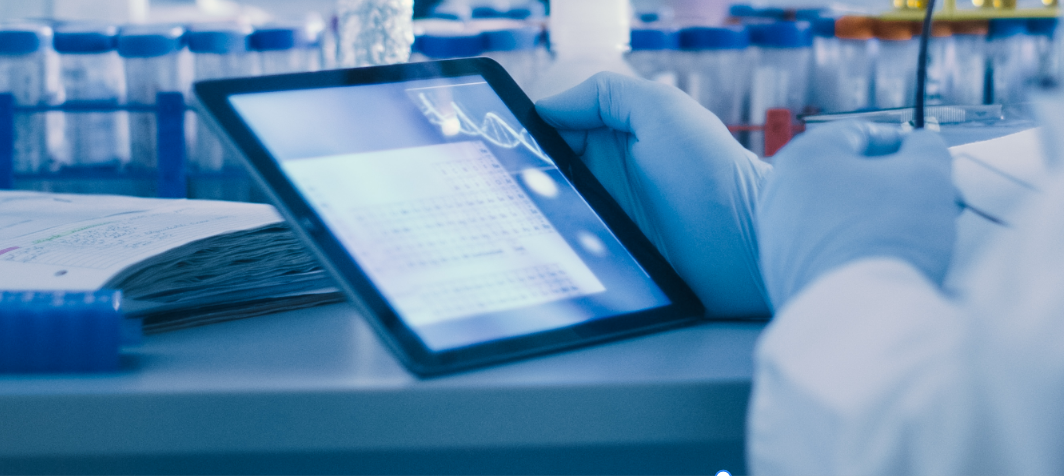ISO 23698: The Evolution of SPF Testing with a Hybrid Approach
Sun protection is essential to prevent damage caused by UV radiation, such as burns, premature aging, and skin cancer. Traditionally, the efficacy of sunscreens is measured by the Sun Protection Factor (SPF), using in vivo tests with human volunteers, with ISO 24444:2019 being the gold standard.

However, ethical issues and the variability of these tests have driven the development of new methods, leading to the creation of ISO 23698:2024, which takes an innovative approach based on diffuse reflectance spectroscopy
What is ISO 23698?
This new standard combines in vitro measurements on PMMA plates with in vivo skin analysis, ensuring a more accurate assessment of the product's interaction with human skin. In addition to the SPF, ISO 23698 also determines the UVA protection factor (FP-UVA) and the critical wavelength (CW), without relying on biological responses.
How does the hybrid approach work?
The ISO 23698 method is divided into two main steps:
- In Vivo tests:
- The sunscreen is applied to the skin of subjects and analyzed through diffuse reflectance spectroscopy (DRS) to obtain the absorbance spectrum in the UVA range.
- Because the layer of human skin absorbs UVB radiation in large quantities, the amount reflected is not sufficient for detection by DRS. Therefore, the data obtained from the skin are combined with the in vitro data to obtain a complete absorbance spectrum (UVB+UVA).
- In Vitro Tests:
- The same product is applied in a standardized way on PMMA plates (molded and sandblasted), which simulate human skin.
- The plates with applied product are exposed to radiation to receive a controlled dose of UV radiation.
- Spectrophotometric measurements are performed before and after exposure to evaluate absorbance in the full ultraviolet range (290-400 nm).
With the in vitro absorbance spectrum of the product, a fusion is made with the spectrum obtained from human skin, which includes the UVA region only. After this fusion, it is possible to obtain the hybrid graph of the complete ultraviolet region (UVB+UVA), obtained through in vivo and in vitro analyses. For this reason, the method is known as "hybrid" or HDRS (hybrid diffuse reflectance spectroscopy). From this hybrid chart, the SPF and FP-UVA of the product are calculated, as well as the critical wavelength.
This integration between the methods allows for a more realistic assessment of sunscreen performance, considering factors such as penetration, spreadability, and interaction with human skin.
Advantages of the ISO 23698 Hybrid Approach
The ISO 23698 standard has several benefits for sunscreen manufacturers and investigator in the field:
- Greater Accuracy in Results
- Reducing UV Exposure
- Standardization and Reproducibility
- Optimizing the Development of New Formulations
Limitations of ISO 23698
Despite the significant advantages, the hybrid approach still has some limitations:
- It continues to involve human trials, which requires strict safety and ethics protocols.
- It does not completely replace traditional methods, as the evaluation of water resistance cannot yet be done through this method, but it works as an essential complement to the validation of new products. In addition, this method is applicable to emulsions and monophasic products, but has not been evaluated for use with sunscreens in powder form.
- It may require greater investments in technology and training, since the integration between spectrophotometry and diffuse reflectance spectroscopy requires specialized devices and expertise.
ALS in the Implementation of ISO 23698
In addition, it strictly follows international regulations, providing detailed reports that assist companies in regulatory compliance and market approval.
ISO 23698 represents a significant advance in SPF testing, combining in vitro and in vivo methodologies for a more accurate portrayal of the efficacy of sunscreens. With the growing demand for safe products in line with international standards, this hybrid approach stands out as one of the most innovative today.
Always at the forefront, ALS supports manufacturers in adopting best practices and validating their products for an increasingly demanding market.
Contact us today: beauty.usa@alsglobal.com or call +1 310 214-0043.
